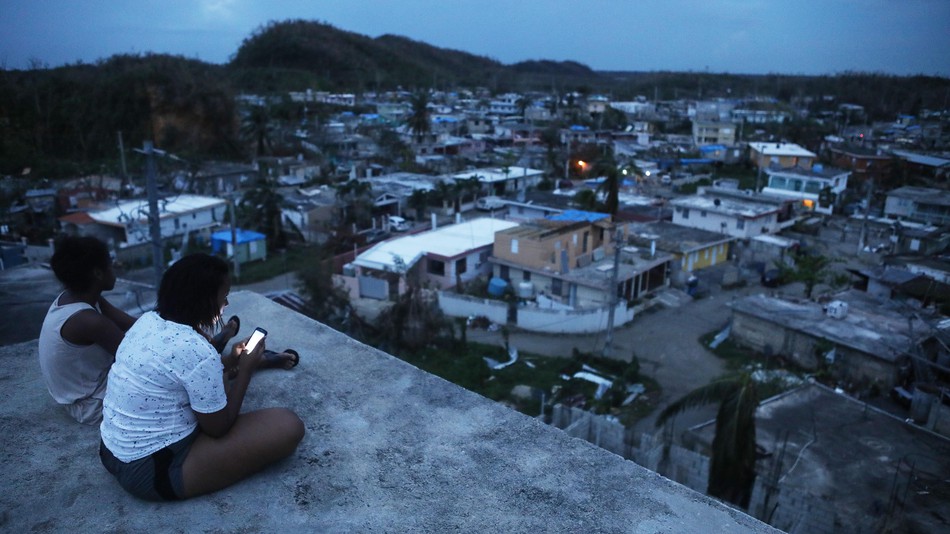The U.S. Federal Communications Commission (FCC) approved Google’s application to deploy its Project Loon balloons and provide emergency cellular service to Puerto Rico in the aftermath of Hurricane Maria.

Image courtesy of Getty Images.
The island was devastated after the hurricane hit and has struggled to regain communication services. The FCC stated that 83% of cell towers are out of service and power has been restored to only approximately 10% of the island.
Google’s innovation lab, X, is starting from the bottom. It’s unclear whether or not Puerto Rico’s telecom companies have the resources to partner with Google. However, it’s worth a shot to help the island’s 3.5 million people connect with loved ones.
Previously, the Loon balloons worked to provide LTE coverage to Peru after extreme flooding. During that event, Google had already partnered with a telecom provider on the ground that it depended on to beam the signal to the balloons.
Alphabet announced Project Loon in 2013 as a method to use solar-powered, high-altitude balloons to provide internet service in remote regions. In its recent FCC filing, it said that the company is working to “support licensed mobile carriers’ restoration of limited communications capability” in Puerto Rico.
FCC Chairman Ajit Pai announced that he’s forming a Hurricane Recovery Task Force focusing on addressing challenges facing Puerto Rico and the U.S. Virgin Islands.
Project Loon works by sending a signal beamed from a telecom partner on the ground through its balloons that are floating 65,000 feet in the air and then by sending that signal down to people with cellphones. In Peru, 160 GB of data was sent over an area close in size to Sweden, which was “enough data to send and receive around 30 million WhatsApp messages, or 2 million emails.”
Source: Mashable
Advertisement
Learn more about Electronic Products Magazine





